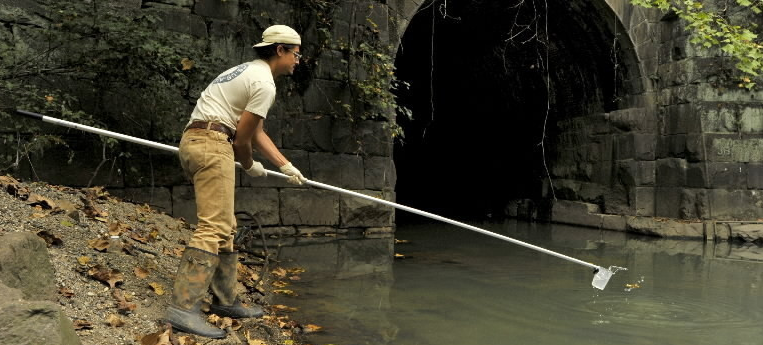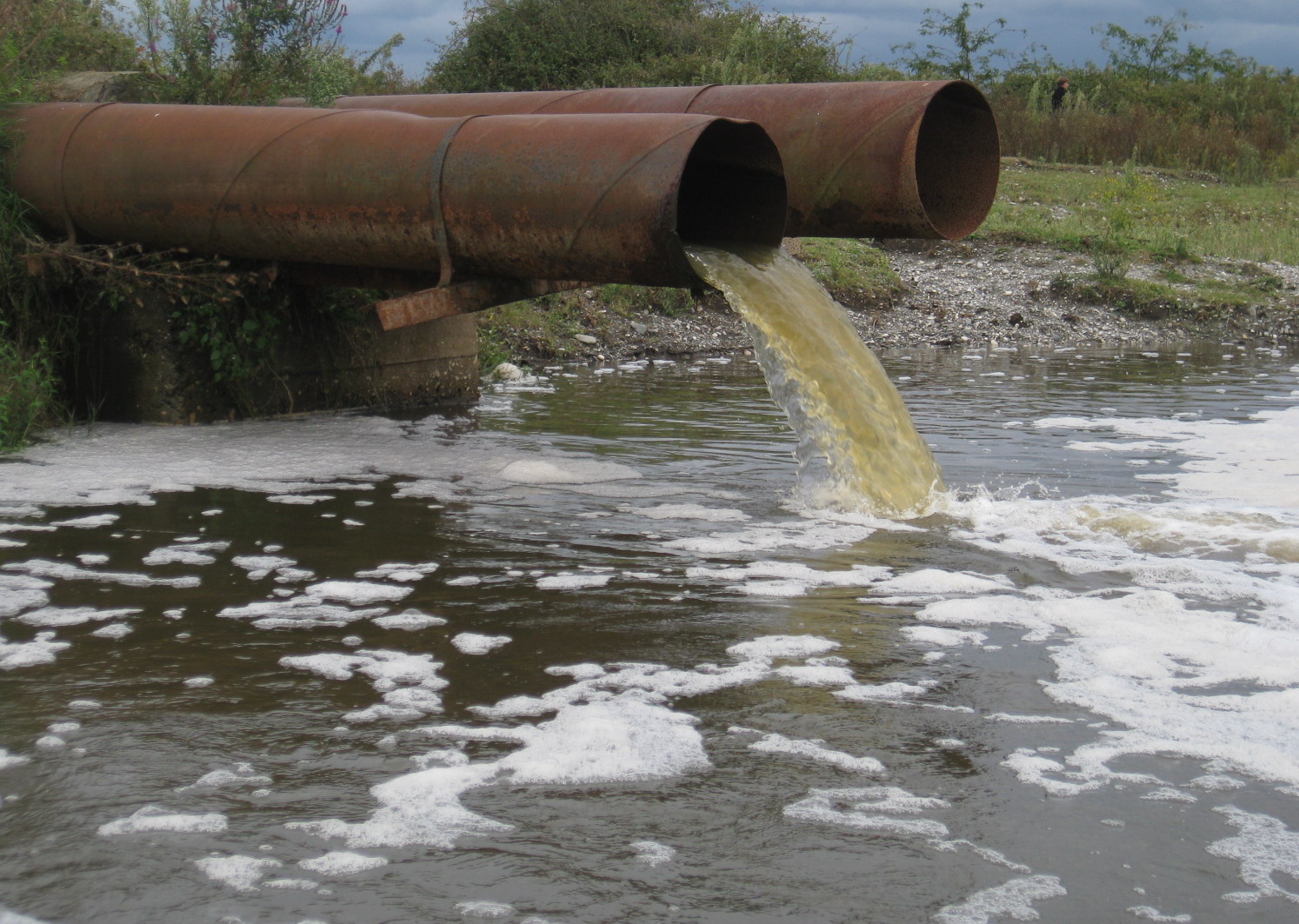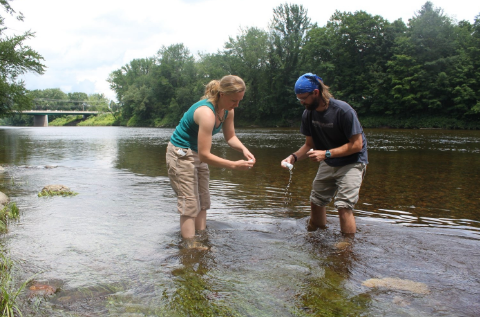Sewage sampling method during water quality testing
发布时间:2021/4/26 10:10:19 来源:贯奥仪器仪表 作者:便携式多参数水质分析仪器 阅读次数:
The common water pollution in rivers and lakes is mostly caused by the substandard discharge of various sewage, especially the unauthorized discharge of some industrial sewage, which will cause great pollution to the surface water quality. Therefore, it is particularly important to be able to grasp whether various types of sewage meet the corresponding discharge standards in time. But in order to obtain accurate sewage parameters, the method of sewage sampling must be mastered in water quality testing.

1. How to choose the location of sewage sampling during water quality testing
(1) The first category of pollutants: sewage containing such pollutants, regardless of industry and sewage discharge methods, or functional categories of receiving water bodies, will be sampled at the discharge outlet of the workshop or workshop treatment facility. The first category of pollutants are those that can accumulate in the environment or animals and have long-term adverse effects on human health, including: total mercury, alkyl mercury, total cadmium, total chromium, hexavalent chromium, total arsenic, total lead, and total nickel And benzo flowers.
(2) The second category pollutants: refer to environmental pollutants whose long-term impact is less than that of the first category pollutants. When detecting this type of pollutant, take samples at the outlet of the pollutant discharge unit. Except for the first type of pollutants, the sampling points are generally selected in accordance with this requirement. The second type of pollutants refer to pH, color, suspended solids, petroleum, volatile phenols, sulfides, ammonia nitrogen, and fluorides. , Phosphate, formaldehyde, aniline, nitrobenzene, anionic surfactant, copper, manganese, etc.

2. Requirements for setting up sewage sampling points
(1) Sampling in the sewage pipeline or sewage channel, the sampling point should be at the place where the pipeline or channel is straight and the water flow is stable.
(2) When wastewater is discharged into public waters in the form of waterways, in order to prevent the water from the public waters from flowing back into the discharge outlet, appropriate counter-current weirs should be installed at the sewage discharge outlet in accordance with relevant regulations, and the collection point should not be located at the overflow of the weir. Place.
(3) In order to understand the effect of wastewater treatment, sampling can be performed simultaneously at the water inlet and outlet of the treatment facility.

3. Time and frequency of sewage sampling
(1) Supervisory monitoring: The local environmental monitoring station's supervisory monitoring of pollution sources is not less than once a year. If it is listed as a key pollutant discharge unit for annual monitoring by the national or local environmental protection administrative department, it should be increased to 2-4 per year. Times. Spot-check monitoring or encrypted monitoring of enterprises due to the needs of management or law enforcement shall be determined by the environmental protection authorities at all levels.
(2) In order to confirm the sampling frequency of self-monitoring, the pollutant discharge unit should conduct encrypted monitoring during a production cycle under normal production conditions. Generally, the sewage monitoring cycle is within 8h, sampling once per hour, and if the cycle is greater than 8h, sampling every 2h 1 time, but the sampling frequency in each cycle is not less than 3 times. In addition, according to the needs of management, the sampling can also be carried out according to this frequency when conducting investigational monitoring of pollution sources.
The above is our summary of the sewage sampling method for water quality testing.


